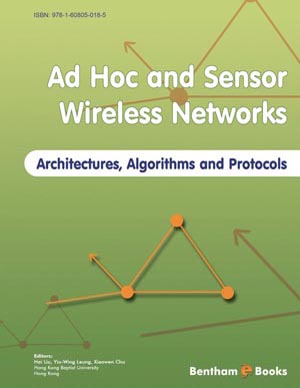Abstract
Spatial Biology analyses how space influences species, communities, individuals, and any other ecological processes. Geographical Information Systems (GIS) are essential in this discipline, together with remote sensing, spatial statistics, and ecological niche modelling. In this chapter, a detailed review is presented about the importance of GIS in spatial biology. Several case studies are organised at three levels, depending on the sampling unit: species, populations, and individuals. Examples are offered on species' distributions atlases; determination of chorotypes, biogeographical areas, and protected areas; modelling of species distributions, range shifts, species' dispersions, species' invasions, and hybrid zones; phylogeography and systematics; landscape connectivity; home ranges, and modelling road-kills.
Keywords: Biodiversity, Biogeography, Climate Change, Conservation, Distribution patterns, Ecological Niche Modelling, GIS, Remote Sensing, Spatial Biology, Spatial Statistics.


















